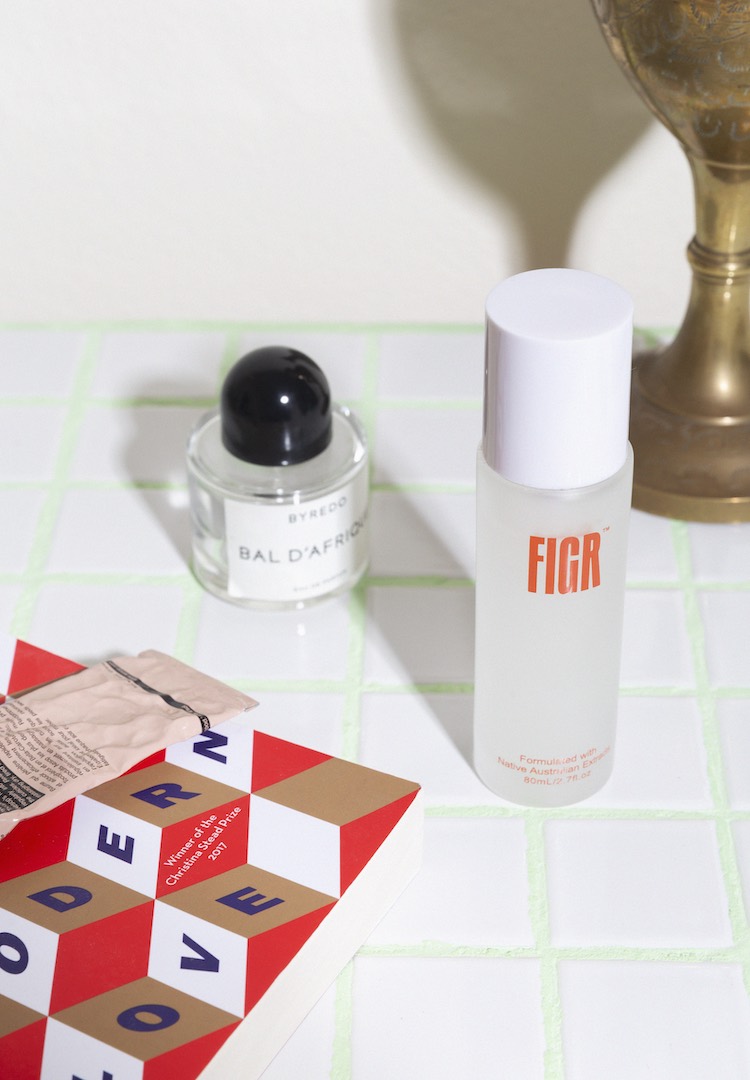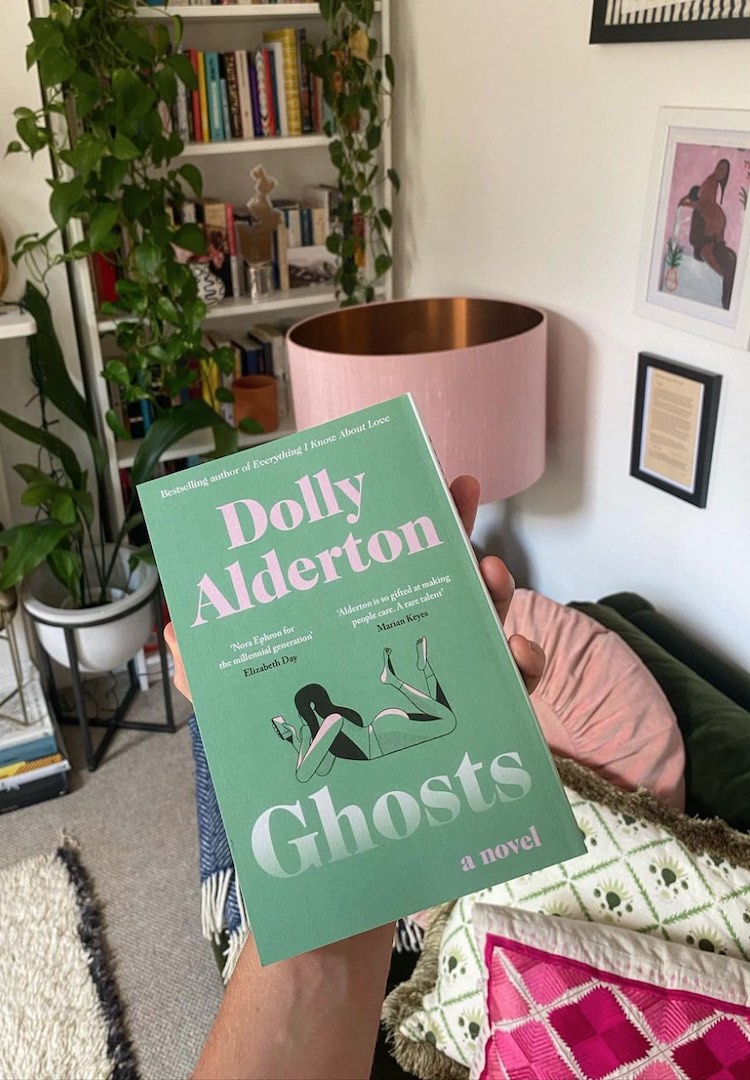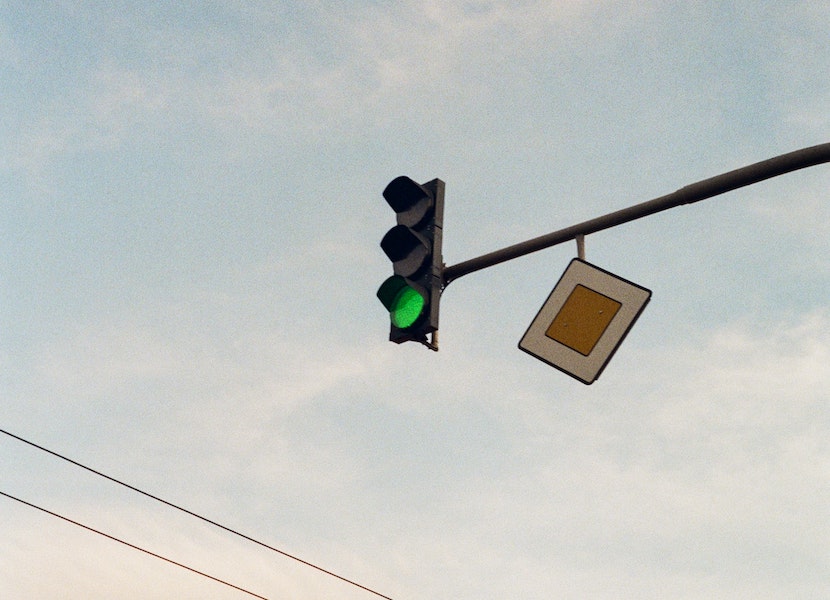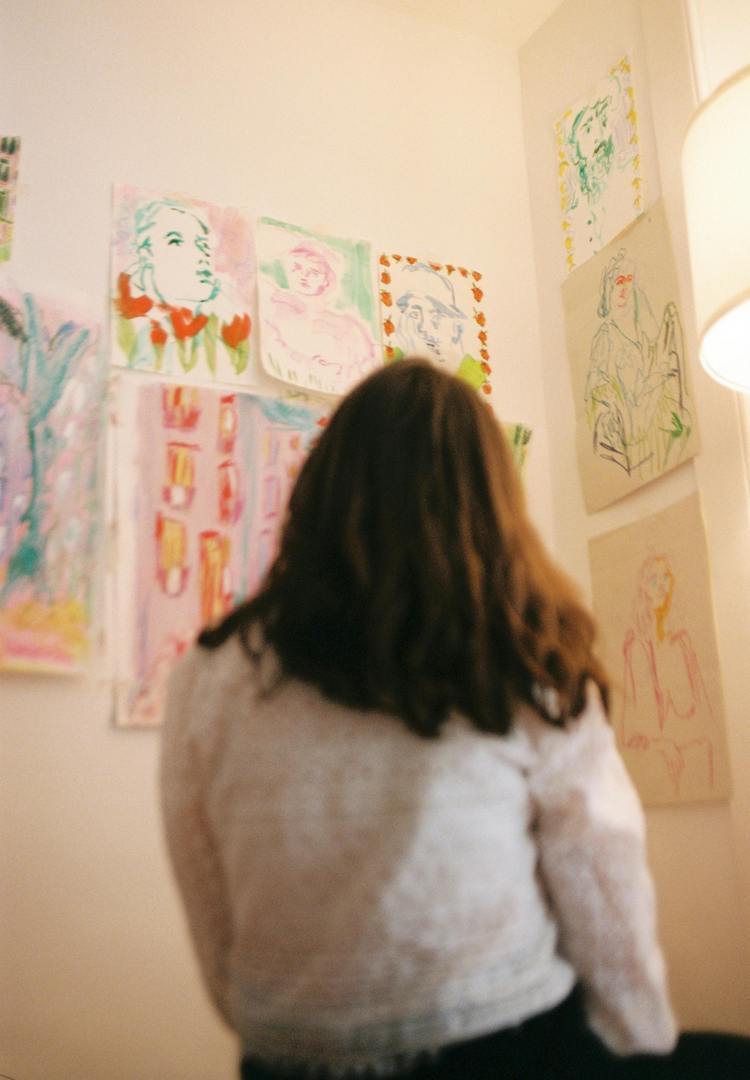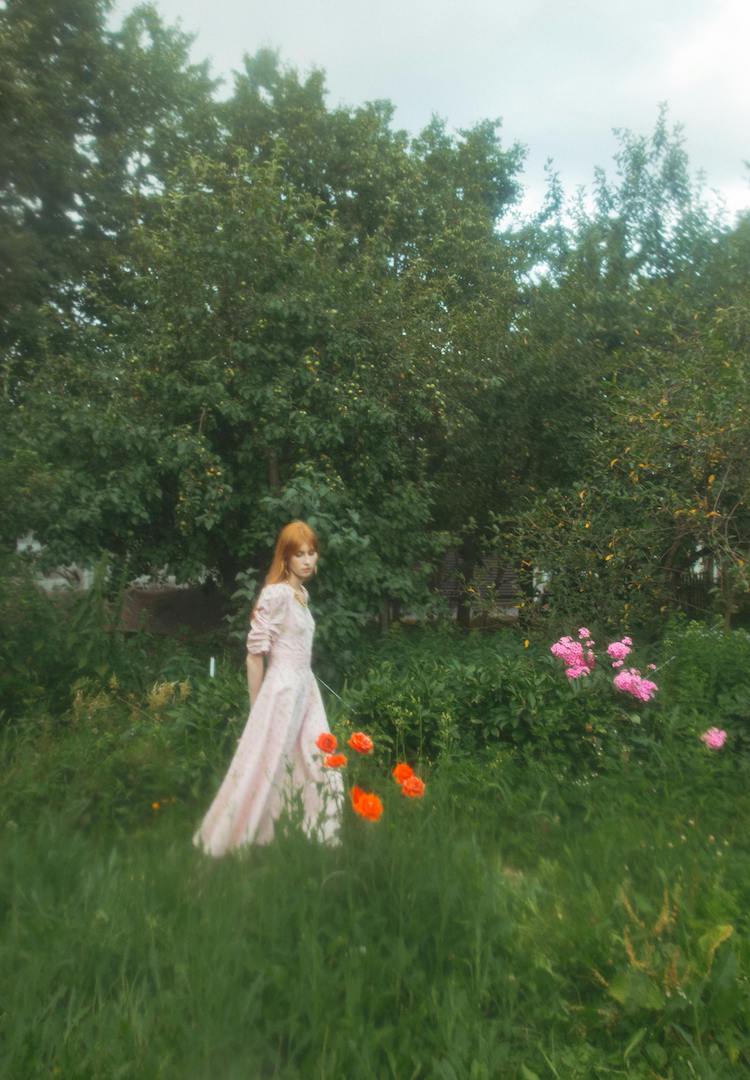What are relationship green flags and why don’t we talk about them?
WORDS BY STEPHANIE CHADWICK
Green flags ahead.
After a lengthy conversation with a friend exchanging what our red flags are in prospective partners, I couldn’t help but wonder what my green flags would be. Are green flags even a thing? Because if so, I’ve definitely been focusing on the red ones.
Like many of us, I’ve been so fixated on avoiding toxic personality traits and dodging poor behaviour that I haven’t thought about the reasons to say yes, I will stay in this relationship. I’m so accustomed to walking (sometimes running) at the first sign of a red flag that the concept of green flags was a novel one.
We can’t give you a tissue for your relationship woes, but we can help you get your mind off things. Head to our Life section for more advice.
If you asked me what my red flags are, I could give you a long list of behaviours that seem unique to the modern dating scene (cis White men, I’m looking at you). Red flags like if they only talk to you on Snapchat even though they have your number, if they post a photo holding a fish they caught, if they gaslight you or by saying you’re overly emotional, if they display any narcissistic behaviours or if there are beer cans in their shower (a series of unfortunate but true events).
It’s not exactly a list that incites hope and for some reason, we’re hard-wired to focus on these relationship deal-breakers – maybe it’s emotional trauma, maybe it’s Maybelline. Curious to understand why I’ve placed an emphasis on the warning signs in relationships and neglected to notice the positive indicators, I turned to relationship therapist Natalie Claire King to gain professional insight into this concept of red and green flags.
Why do we focus so much on red flags?
It’s the question we all want answers to (or at least I do). Natalie says our laser-focus for red flags stems from our primal instincts and survival mode. Green flags may seem more obvious, but it’s potential red flags we feel we need to be aware of.
Our brains are wired to look out for threat, so when we’re looking for a potential mate our gut or intuition will pick up anything that might present itself as dangerous or a ‘red flag’,” she says.
“It’s a natural instinct to be looking out for these red flags; however, we might not always pay attention to them.”
Clearly, my compiled list of red flags reads very differently from a professional therapist’s, so I asked Natalie about the red flags we should be conscious of.
Natalie’s red flags come with a disclaimer: “keep in mind that if the person is aware of their behaviour and is working towards overcoming these, that red flag could become a green one”.
Professional therapist-approved red flags include:
- Addiction
- Financial instability
- Aggressive and/or abusive behaviour
- Unwillingness to talk through issues
- Not respecting your boundaries and
- If there is no balance of give-and-take within the relationship
Should we be looking out for green flags?
So we know the red ones – despite the fact that we choose to ignore them sometimes. *Cough* skater boy with a raging alcohol problem and the emotional intelligence of a toaster *cough*. According to Natalie, “a big green flag is to look out is someone with a secure attachment style.”
“In saying that, it can be good to be aware of the kind of attachment style someone has as you form a relationship together”, she explains.
Instead of looking for green flags in specific behaviours, Natalie thinks we should view green flags as an awareness of those who have insecure and secure attachment styles.
Trying to identify someone’s attachment style to determine if they would be right for a relationship is definitely a change in pace from stalking their Instagram or Tinder profile for the aforementioned fish photo.
Someone with a secure attachment style is empathetic, capable of setting boundaries, feels safe and satisfied in their close relationships and while they don’t fear being alone, they thrive in meaningful relationships.
On the flip side (and the side many of my previous flings seem to favour) someone with an insecure attachment style can be aggressive and unpredictable towards their loved ones and will often have trouble forming emotional relationships with others.
“It’s important to know that it’s possible to change and you can develop a more secure attachment style depending on the relationship and whether you seek support together in the form of couples therapy,” says Natalie.
Natalie breaks down a secure attachment style as someone who:
- Is comfortable expressing their affection for their partner and can voice their needs
- Can talk through disagreements and remain civil
- Is empathetic, can express understanding and show support when you express pain or sadness, while still attending to their own needs
- Knows how to compromise and can consider how you can find a middle ground together
- Shows signs of commitment – for example, they have been in a long-term relationship previously and are comfortable having an open and honest conversation about how you both see your relationship
- They can set and respect boundaries – they know how to express with kindness when they need space for themselves or if they’re upset – and will understand when you do the same
Is this concept of flags even useful?
Natalie was in two minds when I asked her if the concept of red and green flags is a useful tool to navigate relationships. “Yes and no – I know, that’s a really annoying answer,” she says.
“But part of me says yes because we need to be aware of those moments when we sense a ‘red flag’. This is our body telling us that something doesn’t feel right and we shouldn’t ignore it. A lot of the time we can too often turn down the volume on that inner voice that says, ‘Hey! I’m not so sure about this!’ and quickly retort back, ‘Nah! It’s fiiiiiiiine’ and later down the track it can come back to haunt us,” she says
“My advice would be to pay attention to that gut feeling and just keep it front of mind. The part of me that says no is because a red flag can turn into a green flag, but only if that person is self-aware and open to change – we can never change a person, they have to want to do it themselves.”
While I now know my instinct to remain on edge is pretty normal, I’m going to take on Natalie’s advice to start observing attachment styles. But regardless if they have a secure attachment style or not, I’m out of there at the first sign of a shower beer.

